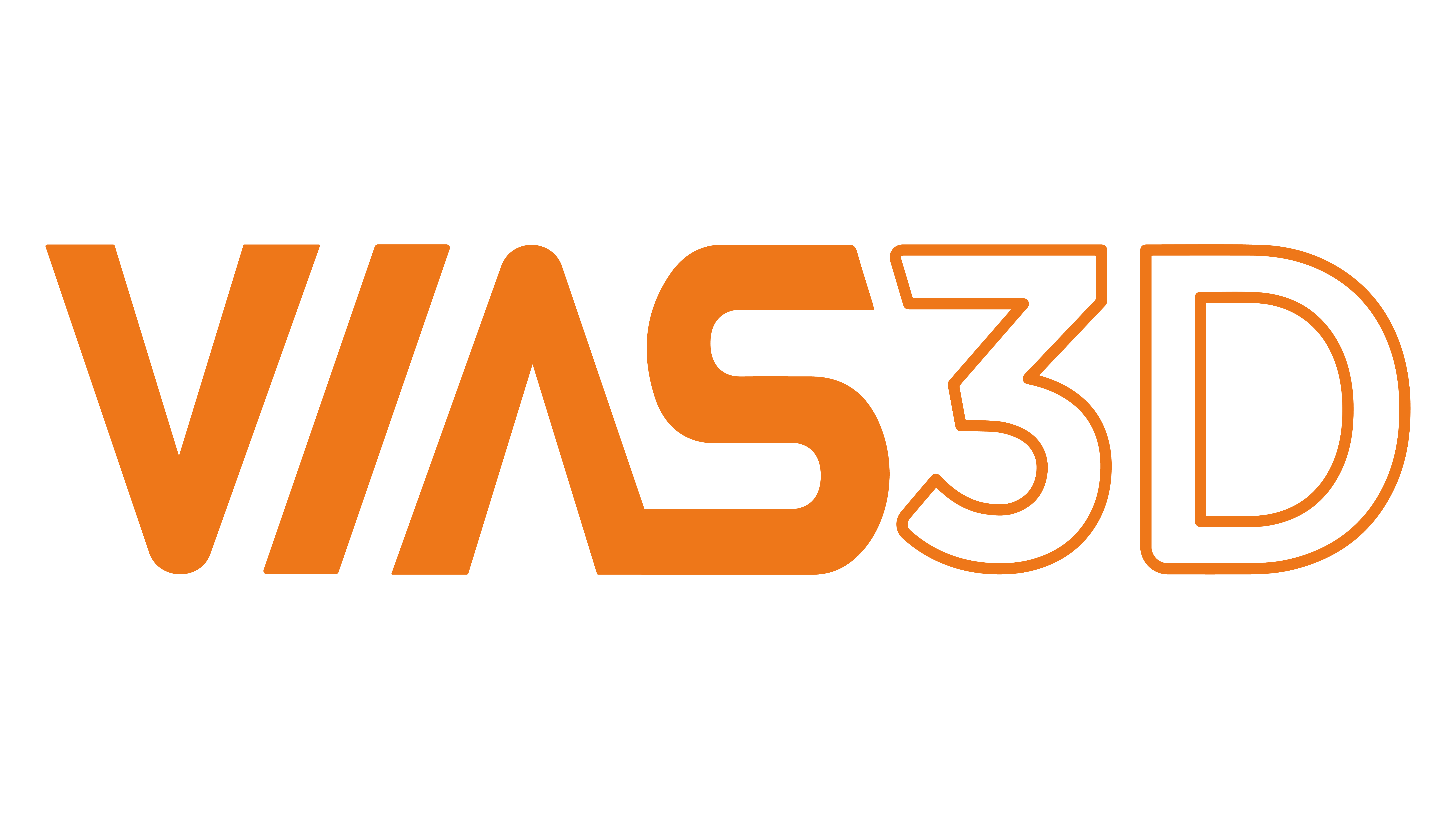The 5th generation of mobile networks is immensely popular due to its features such as fast communication, ultra-reliable low latency data links and support for huge numbers of connected devices. 5G networks are predicted to have more than 1.7 billion subscribers worldwide by 2025, according to the GSM Association. 5G can support up to a million devices per square kilometre, while its predecessor 4G supports only one-tenth of that capacity. For the wide service, the 5G networks operate on up to three frequency bands-low (600-900 MHz), medium (2.3 – 4.7 GHz) and high (24-47 GHz). Low band cell towers have a range and coverage area like 4G. Mid band cell tower providing service up to several kilometres in radius. Millimetre waves have a more limited range requiring many small cells, they can be impeded or blocked by materials in walls or windows. Therefore, it is important to understand how much signal loss we can expect when designing the 5G system in indoor or urban scenarios. It will help us to optimize various factors to get the best SNR. But it is not so easy as we discuss, the resource requirements for the computation of indoor or outdoor scenarios require a huge number of computational requirements. The conventional full-wave methods are not much help here. Therefore, SBR based asymptotic solver is often used for large structure simulation. It is proven for the multipath propagation of FR1(<6GHz) and FR2 (28GHz) frequencies for both indoor and outdoor scenarios.
Indoor scenario
 For a sub6GHz antenna, the maximum power density near the antenna is 3.64 dB (W/m2) and at the other end of the building, power density dropped to -13 dB(W/m2).
For a sub6GHz antenna, the maximum power density near the antenna is 3.64 dB (W/m2) and at the other end of the building, power density dropped to -13 dB(W/m2).
For an antenna operating at the millimetre-wave frequency (28 GHz) the maximum power density near the antenna is 3.8 dB(W/m2) and at the other end of the building, the power density dropped to -15.7dB(W/m2)
Outdoor scenario
For sub6GHz antenna, the maximum power density at 50 m away from the tower is -2.85 dB(W/m2) and for millimetre wave frequency (28 GHz) antenna, the power density at 50 m is -2.35 dB(W/m2).
The SBR solver help us to visualize the reflected rays. The multipath propagation will be very much clear in this case. It also provides the 3D visualization of Far-field, Electric Field and Magnetic Fields. Using the post-processing template, we can obtain the vector product ExH which provides the power distribution concerning each antenna beam pattern. The method will help engineers to predict the power requirements, SNR level and location preferences for 5G base stations. It will help them to analyse the link budget concerning indoor, urban micro and macro scenarios, especially for 5G NR 3GPP standards.
Codebook based 5G post-processing
There are many parameters that will qualify the performance of a 5G system such as sPD, CDF and EIRP. These parameters may not be part of the standard outputs of a simulation. Therefore, engineers must spend a lot of time making post-processing scripts to get these outputs. CST Studio Suite is equipped with an advanced 5G post-processing template which helps the engineers to get all the essential parameters without writing complex scripts. Engineers can provide the requirements using a simple text file called codebook. The post-processing wizard will provide all the necessary parameters based on the codebook.

Computational electromagnetics plays a vital role in the fast and economic development of various products across industries. Vias3D alongwith Dassault Systèmes offers CST Studio Suite under its product umbrella Simulia for the 5G sector to address the challenges we have discussed. CST solver package contains about 22 different solver techniques along with hybrid solver methods. CST is used for LF, RF, MW, and optical applications. Antenna magus included a library of more than 400 antennae. The FD3D is a unique filter synthesizer that solves the different cavity filter design problems. The FEST3D can be used for high-power waveguide applications. Spark3D is a top-rated tool for multiplication and corona discharge analysis.
CST supports Multiphysics simulations which are very important for Hi-Tech 5G industries when working on sensitive 5G equipment. The voxel library for various human phantoms helps accurate simulation for RADHAZ and SAR applications. CST supports many industrial CAD and mesh formats and has good interoperability with other tools. The simulation and CAD tools from Dassault Systems provide a complete solution for 5G industries.
In VIAS3D, we have a reliable technical team with solid technical knowledge to help you with the electromagnetic analysis you need to develop. If you would like to know more about our capabilities, please contact: [email protected]
Who we are: VIAS3D delivers integrated engineering solutions using simulation-based design and analysis, data analytics, and material testing for a variety of industries including high-tech, energy, process, utilities, transportation, and oil & gas. We bring to our clients dedicated, cost-effective, quick, and safer solutions with an experienced team of simulation experts and industry professionals. VIAS3D also provides engineering design, root cause analysis, optimization, project management, operations support, and operations integrity assessment with a combined personnel experience of more than 100 years covering industrial equipment, boiler, and pressure vessel industry, offshore engineering, etc. VIAS3D has workflow automation and GUI customization capabilities. It also provides knowledge transfer through customized training.






